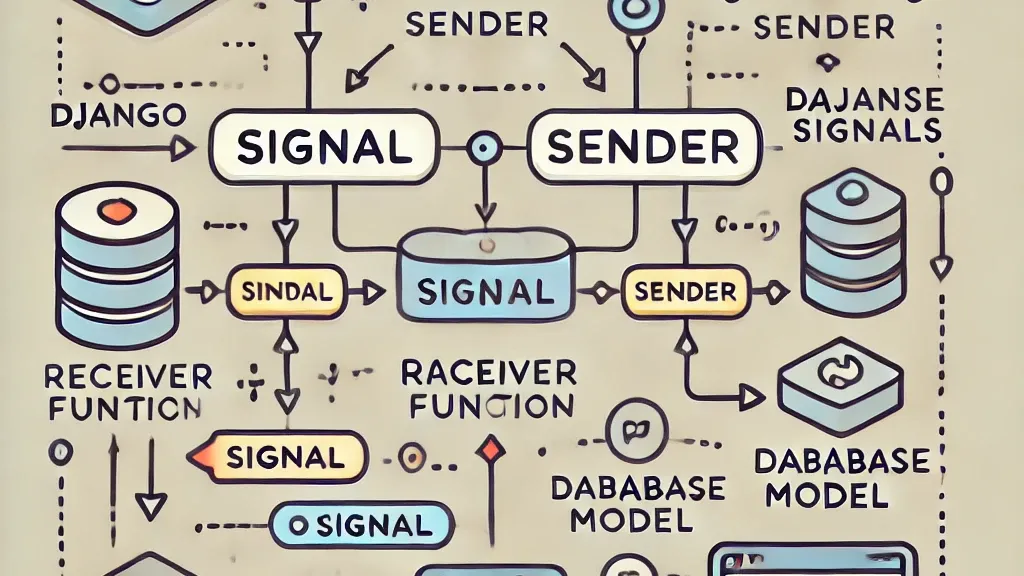
Understanding Django Signals: A Comprehensive Guide
Samresh Kumar Jha
Software Engineer specializing in Generative AI and Blockchain Development
Django signals provide a way to allow decoupled applications to get notified when certain events occur elsewhere in the application. They allow you to define certain actions (callbacks) that get executed in response to specific events.
What are Django Signals?
Django signals are a built-in way of handling events or actions within the Django framework. They are particularly useful when you want to trigger certain functions when something happens, like after a model instance is saved or deleted. Signals are part of Django's django.dispatch module and are used to facilitate communication between different parts of an application.
Commonly Used Django Signals
Some commonly used signals in Django are:
How to Use Django Signals
To use Django signals, you typically need three components:
Step-by-Step Example
Let's walk through an example of how to use Django signals.
Step 1: Import Required Modules
First, import the necessary modules in your Django app's models.py file or wherever you want to define the signals.
from django.db.models.signals import post_save
from django.dispatch import receiver
from django.contrib.auth.models import User
from django.db import models
Step 2: Define a Receiver Function
Define a function that will be called whenever the signal is triggered. Use the @receiver decorator to specify which signal it will listen for and which model it will apply to.
For example, let's create a Profile model that gets created automatically whenever a new User instance is created.
领英推荐
class Profile(models.Model):
user = models.OneToOneField(User, on_delete=models.CASCADE)
bio = models.TextField(blank=True, null=True)
profile_image = models.ImageField(upload_to='profile_pics/', blank=True, null=True)
def __str__(self):
return f"{self.user.username}'s Profile"
Now, we create a signal that automatically creates a Profile whenever a new User is created:
@receiver(post_save, sender=User)
def create_user_profile(sender, instance, created, **kwargs):
if created:
Profile.objects.create(user=instance)
Here, post_save is the signal, User is the sender, and create_user_profile is the receiver function.
Step 3: Connect the Signal
The @receiver decorator handles connecting the signal to the receiver function. However, you can also connect signals manually using Signal.connect(). Here's how you could manually connect the signal:
post_save.connect(create_user_profile, sender=User)
Step 4: Test the Signal
To test the signal, create a new User instance and check if a corresponding Profile instance is created automatically.
# Create a new user
new_user = User.objects.create(username='new_user', password='password')
# Check if profile is created
print(Profile.objects.filter(user=new_user).exists()) # Should return True
Tips for Using Signals
Sr. Software Engineer | Full Stack | GenAI | LLM Agents | Deep Learning | Machine Learning
2 个月Very informative